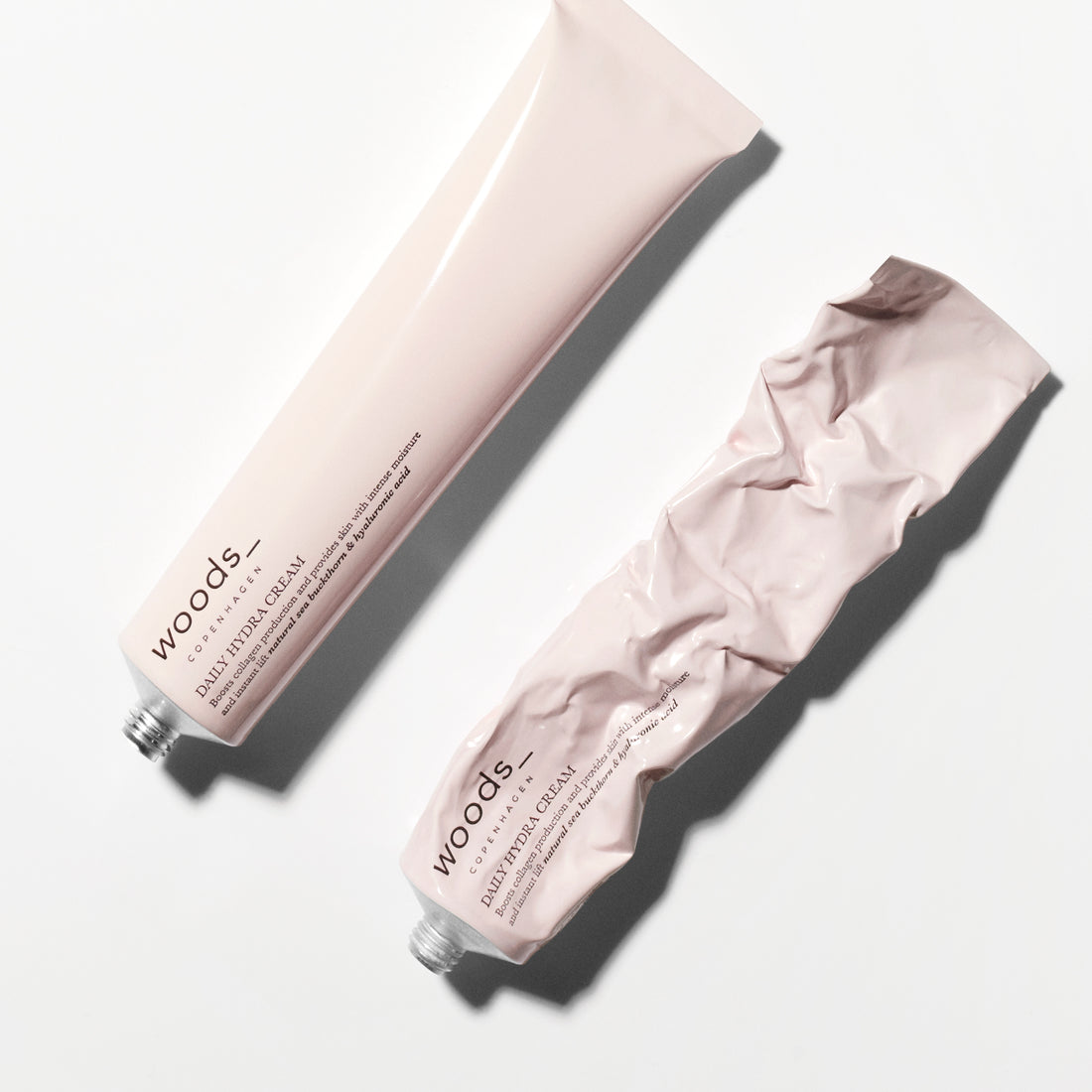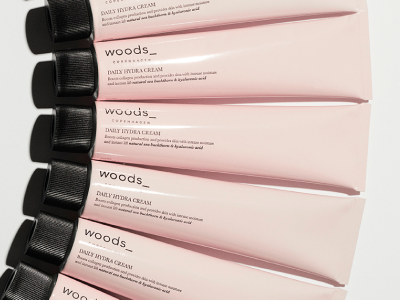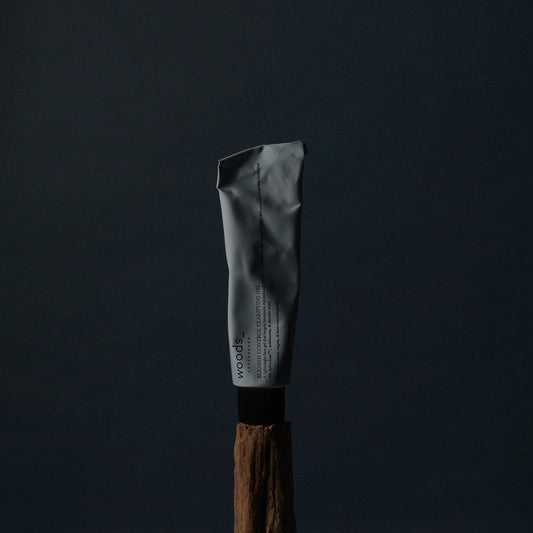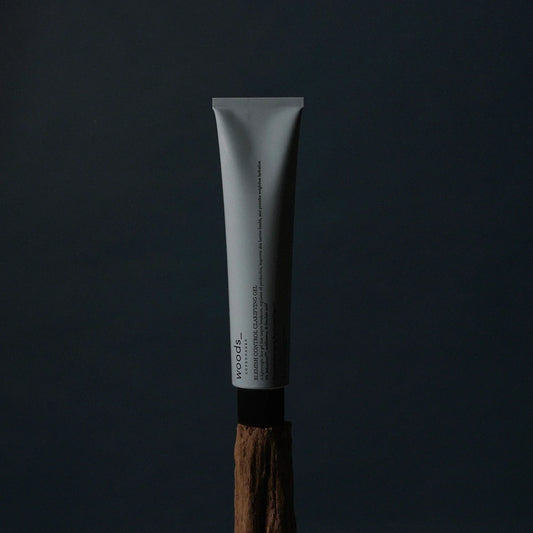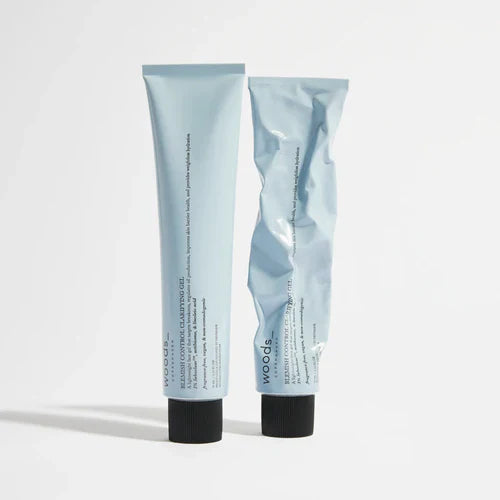Can I use both a cream and a facial oil?
Yes, you most certainly can – and there’re actually lots of reasons why it’s a great idea to do so, too. Though creams and facial oils are often mistaken for each other because they both prevent dryness, they aren’t completely interchangeable. So, let’s dive into the reasons why.
What is the difference between a cream and facial oil?
Though it’s only right to turn to moisture when your skin is beginning to show signs of dryness, it can be essential to know what type of product your skin is truly craving.
As creams most often both contain both water-soluble and oil-soluble ingredients, they both hydrate and moisturize the skin, whereas a facial oil typically contains only or mainly oil-soluble ingredients, meaning it delivers intensely moisturizing effects.
Which one you should use therefore depends on your skin type. As many creams also contain oil, a moisturizing cream can be sufficient for most skin types, but if your skin is on the dry or dehydrated side, it can be highly beneficial to seal your cream with a facial oil for an extra moisture boost.
Can a facial oil or cream replace each other?
No. Since the two products offer the skin different properties and perform differently on the skin (cliffhanger: we’ll get more into this later in the blogpost), you can’t switch out one with the other as a rule of the thumb. This is mostly because every routine needs a cream, no matter your skin type and concern (yes, that goes for oily and breakout-prone skin, too). A facial oil is more of an indulging and highly beneficial supplement – but is not necessarily a crucial step for your skin to thrive. As mentioned, it all depends on your skin type.
Should I use an oil or cream for my specific skin type?
Different skin has different needs. And though we’re all for indulging your skin with caring products, it can be a good idea to distinguish between what you want and what your skin really needs. So, let’s break it down.
Why is a facial oil necessary?
Every skin type can benefit from a good facial oil, as it’ll effectively soothe and nourish the skin while forming a protective barrier to prevent moisture from evaporating from the skin. That’s why a facial oil is especially beneficial during the winter months, as the harsh weather can harm your skin’s defenses and cause it to dry out – a reaction the facial oil will work to prevent.
With their abilities to boost and protect the skin’s moisture content, facial oils are also a good choice for maturing, dehydrated, and dry skin, as they’ll help keep the skin elastic, replenished, and bouncy to enhance a smooth and radiant surface while counteracting aging signs.
Should breakout-prone skin use a facial oil?
Oily and blemish-prone skin types have a habit of shying away from facial oils as the extra layer of moisture can seem unnecessary. Though a good, lightweight cream can go a long way in a routine for blemish-prone skin, a facial oil can also help balance the skin’s oil production and thereby help prevent new impurities from forming.
However, if your skin has a tendency of breaking out, we’d recommend you opt for lighter facial oil formulations, such as our soothing and thirst-quenching Vitamin Face Oil, to avoid clogging pores. And as always, pay attention to the ingredient list and make sure to listen to your skin, as some ingredients can cause or worsen breakouts.
Not all facial oils are the same, and if you for example deal with acne-prone skin or rosacea, a facial oil might not be the right choice for you – luckily, if that’s the case, there’re lots of other skin-loving products that can satisfy your skin’s needs.
How do I layer my cream and oil?
There’s a first time for everything (and even if it isn’t your first time incorporating a facial oil and cream into your routine, don’t worry, we learn along the way, too…) – so how do we do it right?
Shortly put: Cream first, facial oil second.
As oils can penetrate creams but not the other way around, you’ll always want to layer your facial oil after your cream to make sure both products perform their best and you get the most out of their individual properties.
This is because facial oils often contain a high concentration of occlusives, which are the ingredients that prevent moisture from evaporating, thereby protecting the skin’s moisture content during the day/night. They therefore work as a “shield”, and if you apply your cream on top of this, it won’t be able to penetrate the skin and do its job, but simply stay on its top layer.
The takeaway? A cream belongs in every routine, whereas a facial oil is a great boost to keep your skin extra plump, silky-soft, and youthfully glowing.
Related Category
More posts
-
Adult acne: from cause to treatment
While many associate acne and blemishes with the turbulent teenage years, the reality is that many adults continue to grapple with breakouts well into their 20s, 30s, and beyond. But...
Read more -
Skincare for teens: a step-by-step guide
Navigating skincare as a teenager (or honestly, just as much as an adult) can feel like a maze. In this digital age, we’re constantly flooded with the newest trends and...
Read more -
Introducing: blemish control clarifying gel
Breakouts are one of the most common skin concerns, affecting people of all ages and skin types. And when it comes to treating blemishes, striking the perfect balance can be...
Read more
- Choosing a selection results in a full page refresh.
- Opens in a new window.
